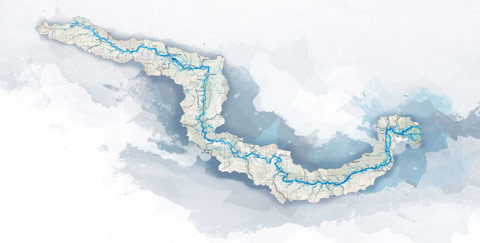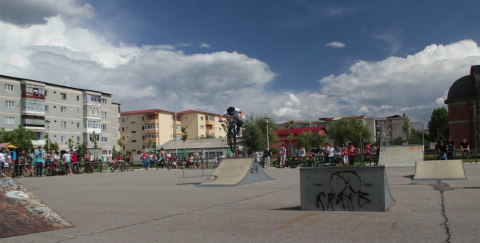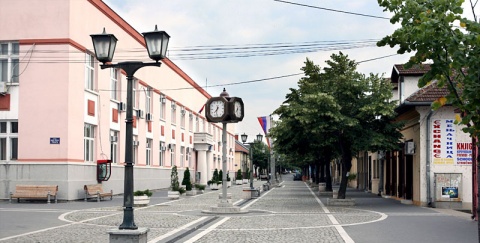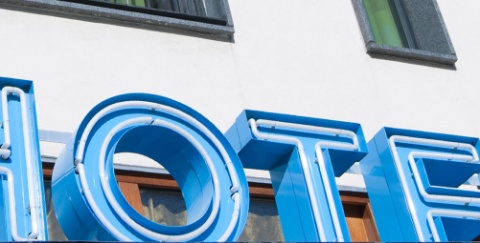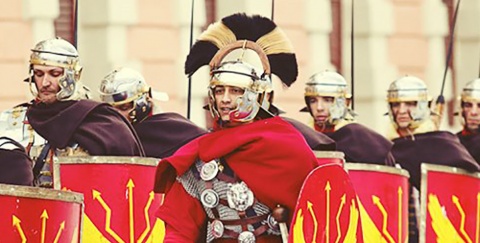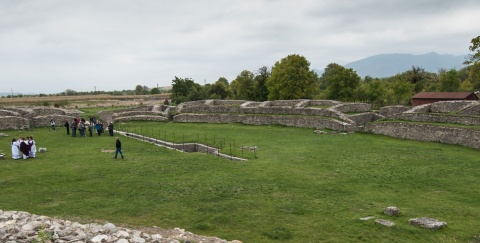
Rosia Montană, named after the river Rosia, meaning “the Rosia of the mountains”, is located at the altitude of 800 metres in the South Apuseni Mountains of Western Transylvania. This area is also called Golden Quadrilateral as it is famous for its richness in mineral resources, especially gold. Mining dates back to the Neolithic times. It was the goldmines that attracted Emperor Trajan here after his decisive victory over Dacians (106 AD). Roman miners, colonists from the Illyrian South Dalmatia, who worked at Alburnus Maior, dug out ca. 110 tons of gold and an unknown amount of silver. Until 271 AD, these treasures were shipped from Alburnus Maior via the river Mures to the Danube and then via the Black Sea to Rome.
Today, Rosia Montană is famous for several Roman underground galleries, which are partly open to the public. The local mining museum, Muzeul Mineritului, shows artefacts and mining practice from antique to modern times. It has an open-air exhibition space and a 400-metre-long Roman mining tunnel (1.90 metres high, 1.10 metres wide) that follows natural gold deposit.
The most important discovery were 25 Roman wax tablets that were found in these galleries (1822 and 1850). The oldest one dates back to 6 Feb 131 AD. At the entrance of the mine that is open to the visitors, there is a reconstruction of a the following Roman inscription:
“…TABLA CERATA XVIII ... PONTIANOET RUFINO CONSULIBUS VIII IDUS FEBRUARIAS VALERIUS FIRMUS SCRIPSI ROGATUS AB VERZONE BEUSANTIS QUOD? DI ... SNU ... BEUSANTIS IURE ... AGRO ... GRA ... QUOD .... SUOS FEREN ... RETIO DARIUS VERZONIS ... IN ... ASC ... R ... I ... ID ... R ... EX ... VIRO GRA ... IDE ... VIGINTI ... Q GRO GRA ... BEUSANTIS ... F ... FERE ... ALBURNO MAIORI ... 6 FEBRUARI 131”
These Transylvanian wax tablets are rare examples of the Ancient Roman everyday justice, social and economic life. One tablet is a miner’s work contract.
Gabriel Resources Ltd, Canada and the Romanian Government are planning to open a new open-pit mine to extract gold and silver. However, as the environmentalists fear harmful effects chemicals used in the mining process, the future of this enormous project is still uncertain.
The investor has already supported major archaeological activities to create a protected area for the historical centre of Rosia Montană: 35 historical monuments will be restored, 235 houses for villagers have been built. At a cost of ca. €150,000, an old village building (No. 325) has been restored and since 2010 it has housed a free-of-charge exhibition on mining Aurul Apusenilor. There are also plans to introduce five new tourist routes around the mining area. Every year in August, Rosia Montană is the venue for FânFest, which celebrates the natural and cultural heritage of the area.
DANUBE.TRAVEL has no control over the website content generated by users and/or visitors, neither such content represents a statement, opinion, recommendation or rating by DANUBE.TRAVEL. For further information please refer to DANUBE.TRAVEL – General Website Terms and Conditions of Use.
 EN
EN DE
DE
